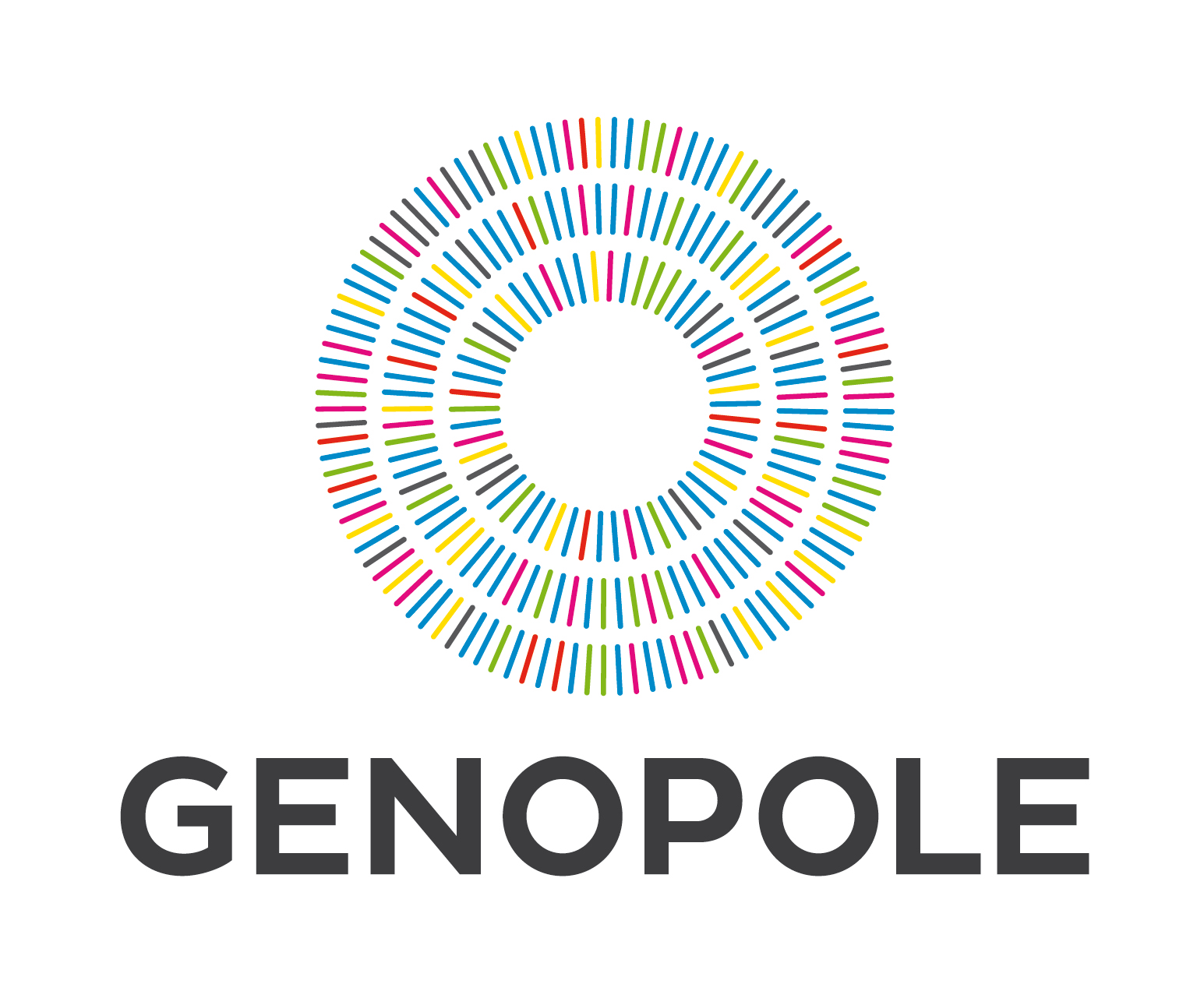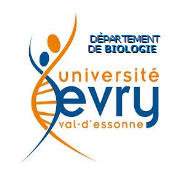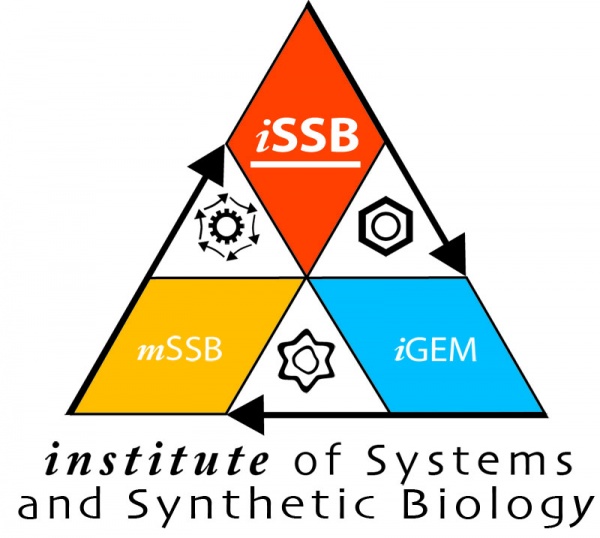Team:Evry/HumanPractice
From 2013.igem.org
| Line 9: | Line 9: | ||
<script type="text/javascript" src="https://2012.igem.org/Team:Evry/mapper.js?action=raw"></script> | <script type="text/javascript" src="https://2012.igem.org/Team:Evry/mapper.js?action=raw"></script> | ||
| - | < | + | <center><img class="mapper" src="https://static.igem.org/mediawiki/2013/6/69/OverviewHP.png" width="600px" usemap="#Link_HP"/></center> |
<MAP NAME="Link_HP"> | <MAP NAME="Link_HP"> | ||
<AREA SHAPE="rect" COORDS="5,3,597,74" HREF="#"></AREA> | <AREA SHAPE="rect" COORDS="5,3,597,74" HREF="#"></AREA> | ||
Revision as of 12:38, 15 October 2013

Human Practice overview
Society
In the health field, ethics usually appears in the last phases of development of the treatment. Patients are seldom associated in the research process. Inspired by the dynamics of “expert patients”, the team choose to involve the patients' associations since the beginning of the project. That is why we consulted a scientist – Gaël Nicolas – but also a clinician who knows the patients very well – Pierre Brissot – and the presidents of patients' associations (see Phase 1). After that, and with the presidents help, we did a large patient survey. We analysed the final results (see Phase 2), but the intermediate results helped us perfecting our treatment strategy. This led directly to the design of the pill (see Pill design).
In return, we made our work the most accessible to them that it was possible: our wiki exists in French and is known by the associations, they can benefit from both our survey and our scientific work. To conclude this deep cooperation, we organized a scientific seminar. It was a privileged moment where patients, presidents of patients' associations, scientists and clinicians could discuss; it was also the moment to submit our project to them and hear their remarks (see Phase 3).
Philosophy
In parallel, and to complete the team's reflection, we conducted an experience of embedded philosophy throughout the project. We chose to collectively think about the specificities of synthetic biology as a technique. It seemed important to us, because we were not only trying to know things (it is not lonely science) but we were also trying to do something with our knowledge (we enter technique). And as everybody knows: “a great power implies great responsibilities.”
The originality of our approach was to confront what philosophers may think and what the members of the team may think. A philosophical essay was written to arouse the debate, and we chose to present the reactions of the team members on the same level as the philosophers' quotations. The concept was to update philosophy directly in the lab. As most of the philosophical discussions, we chose to let it open so you can enter a living debate (see Phase 4).
Safety
The scientific responsibility of the team concerning the project was not neglected: very quickly we were confronted with the safety of the treatment. Thus, even before fulfilling our aim of chelating iron in the duodenum, we had to think about all the scenarios involved by such a treatment. The entire team worked together in order to build a consequence tree. This tree tries to be exhaustive: it is only then that we can determine the more probable scenarios by reflexion and modelling. This consequence tree is a way to be assured that our treatment is not only safe for the patient but responsible too. We can not afford to have a synthbio-medicine that would endanger other people or the environment. The consequence tree is a very simple, quick and efficient method to measure the risks of our genetically engineered machine, and to envisage the possible solutions to these risks (see Phase 5).
Overview's Conclusion
We built the human practice as a collective cross-disciplinary thought, aiming to have the largest view on the context of our project. We accomplished a strong cooperation with hemochromatosis patients' associations, and a serious and unusual philosophical experience, without ignoring the other aspects such as safety. We could conclude that our project's ambition is to lead the human practice toward being as essential to synthetic biology as the scientific domains.
 "
"













